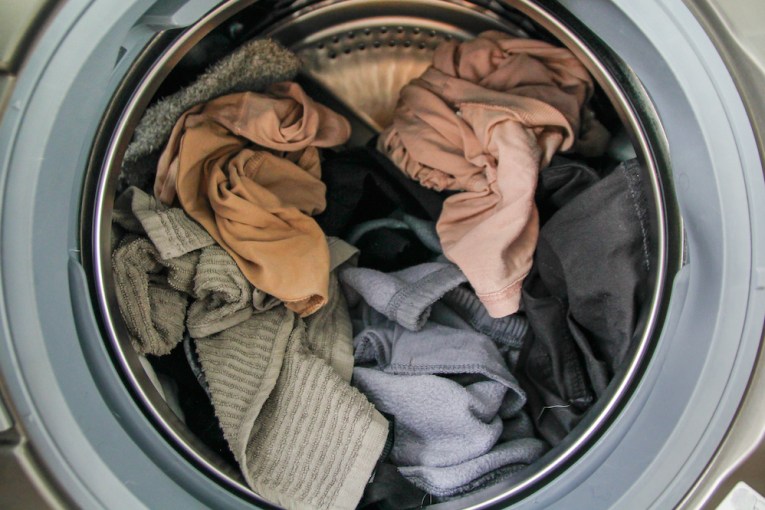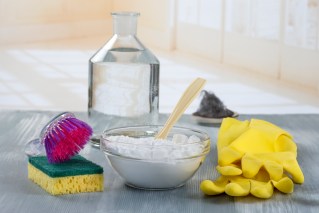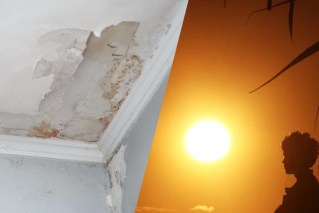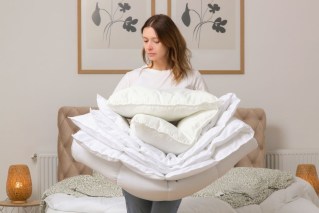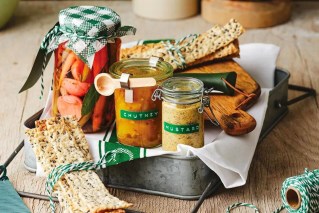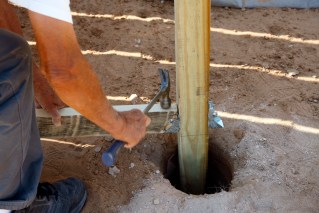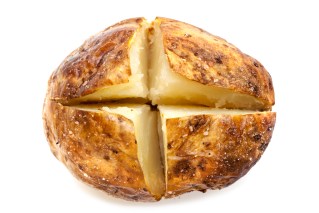How to cool your house down naturally

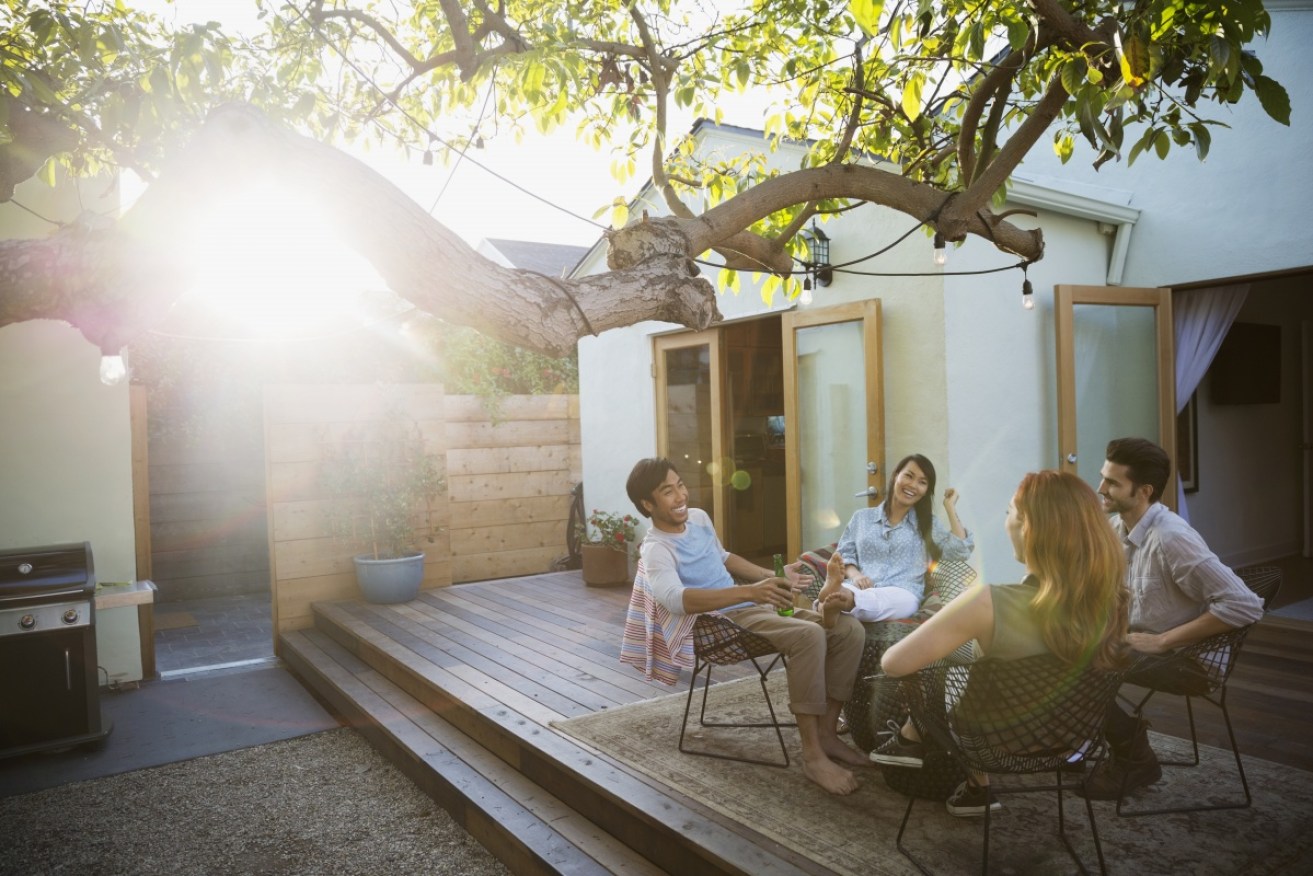
Some simple tweaks can make your house feel cool and comfortable even in sweltering heat. Photo: Getty
There’s so much we can do to harness natural cooling methods for the steamy summer months in this hot country, so how do we best adapt our homes – or build new ones – to prepare for those days when the mercury’s pushing 40?
Much depends on the local climate of course; some solutions that work for the hot and humid top end might not work for southern states.
But one thing’s for sure – the more we can maximise natural cooling, the more comfortable we’ll feel and the lower the bills will be in the long term.
Create shade
Keep the heat at bay by creating shading around the house, especially around west- and north-facing windows. Removable shades, such as the one pictured, mean that for those in temperate climates, you have the flexibility to remove the shade in winter.
Or, for the same purpose – sun in winter, block-out in summer – plant deciduous vines on pergolas and create cool zones around the house. This will reduce the heat inside the home on hot summer days, but when the leaves drop in winter, light and warmth will be allowed inside.
Improve your eaves
Ensure your eaves are the right size and angled to keep the high summer sun at bay and allow winter sun through.
Let it in/shut it out
Learn to control temperatures by simply knowing when to open up your house for maximum air flow. On hot summer days, get into the habit of shutting up during the day – all doors, blinds, curtains – and then opening everything up in the evening to vent the house with evening breezes.
Create flow
If renovating or building, carefully plan glazing for maximum air movement. Operable clerestory windows, especially placed on the southern side of the home, can be a wonderful way to create refreshing cross breezes – remember hot air rises.
Go for glazing
And of course, if the budget permits, double glazing will help to keep your house even cooler. Check the rating of any windows you buy – Australian windows are rated for thermal efficiency by the Window Energy Rating Scheme (WERS).
If your budget or heritage restrictions mean you can’t change older windows, consider alternatives to double glazing – older windows can be retrofitted with films that will act as an extra barrier against the elements, without ruining the look of your windows.
Also remember that the choice of frame will affect temperatures too. Timber and PVC frames can offer great thermal protection, but aluminium windows (often less expensive) are now available with improved thermal performance.
Treat windows well
How you cover your windows will also play a part in keeping your house cool. Opt for natural fibres and consider full blackout backings on curtains, as well as a sheer layer for temperature control.
If blinds are more your thing than curtains, then choose carefully for full solar block-out.
Alternatively, consider screens and blinds on the exterior of the windows. This can be a highly effective way to keep the heat at bay.
Think thermal mass
If possible, create areas of thermal mass in your home for no-cost cooling (after it’s installed of course).
Thermal mass is any material – such as concrete or stone – that can absorb and store heat, taking a long time to heat up and to cool down. So in warm weather, thermal mass can help maintain a building’s cool.
Brick walls and concrete slab floors are good examples of thermal mass.
Be fan savvy
There are so many reasons to love ceiling fans – they now come in all shapes and sizes so they can look great, but mostly because they provide cooling at a fraction of the cost of other cooling methods.
Insulate well
When we think of insulation we often thinking of keeping the warmth in and cold at bay, but of course it works the other way around too.
Good insulation is one of the most effective ways we can keep our homes cool, and this isn’t something that only applies to new homes and renovations – older and existing homes can benefit from retrofitting with good insulation.
Check the insulation levels in your home and talk to a specialist about upgrading. For builders or renovators, ensure the best insulation from the start. It’s likely that any extra costs will be recouped in savings over time.
Insulation isn’t just about what’s between the walls – it’s in our floors and ceilings too, and even the colour of your roof can affect how cool your house is. Opt for lighter colours to keep temperatures lower at home.
By Liz Durnan


